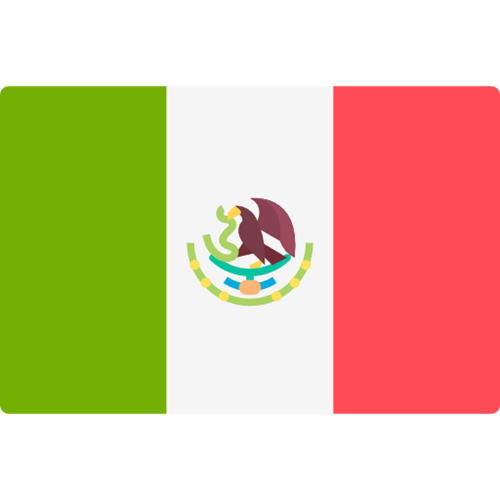Gluten – New AOAC guidance will improve the reliability of gluten-free claims

By Dr. Bert Popping, Eurofins Germany
Coeliac disease, food intolerance to gluten from wheat, rye and barley, affects a great number of people. Figures vary from country to country but latest estimations indicate that in general it affects around 1% of the population, although it is thought to be underreported. Due to the lack of effective treatment, the avoidance of gluten is the only coeliac management practice, and patients have to rely on the accurate labelling of gluten-free products.

Whilst it is thought that ELISA (an enzyme assay used to determine proteins) analysis of gluten by using commonly available kits give accurate results, data published recently suggests otherwise1. This may result in inaccurate labelling, with consequential product recalls, loss of brand image and associated costs. Hence, food producers that make gluten-free claims take a high risk when relying on these tests.
How can this be avoided? Gluten analysis requires expert knowledge and analysis of large numbers of samples and matrices, as well as knowledge of the strengths and weaknesses of ELISA methods. Important questions such as "Is this kit suitable for this food type?", "Does the method detect oat material?", "Does the kit overestimate the gluten content if rye is present?" need to be addressed. This can present a difficulty for laboratories.
Eurofins experts are involved in numerous projects and activities with respect to gluten. This gives them access to information on all aspects of allergen and gluten analysis and allows further developments. It improves their understanding and helps with the alignment of ELISA results between kits.
One of the latest developments in this area is the AOAC Guidance Document for the Validation of Gluten ELISA tests. Eurofins experts played a key role in its development, jointly with the European Commission, Health Canada and Nestle. This article has been published2 in the Sept/ Oct issue of the Journal of the AOAC International. This guidance for ELISA kit manufacturers, used with sound laboratory analysis, will ultimately lead to a reduced risk for food manufacturers making gluten-free claims.
Contact: BertPopping@eurofins.com
1 Accuracy of ELISA Detection Methods for Gluten and Reference Materials: A Realistic Assessment, J. Agric. Food Chem., 2013, 61 (24), pp 5681-5688
2 Validation Procedures for Quantitative Gluten ELISA Methods: AOAC Allergen Community Guidance and Best Practices, Journal of AOAC International Volume 96, Number 5, pp. 1033-1040















































